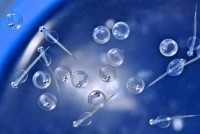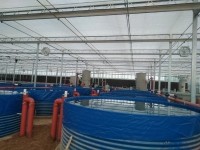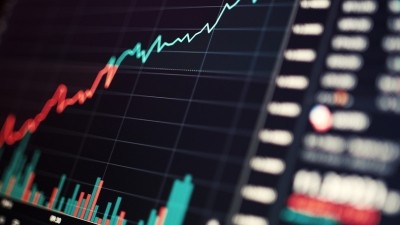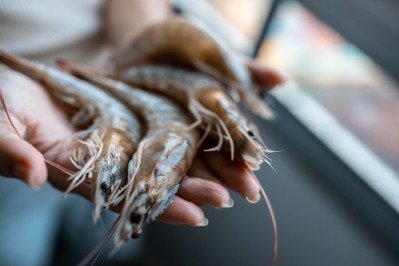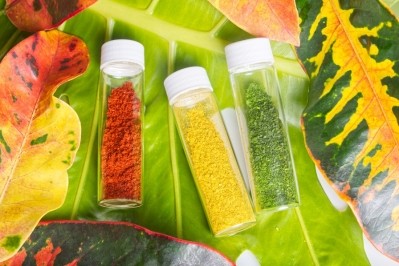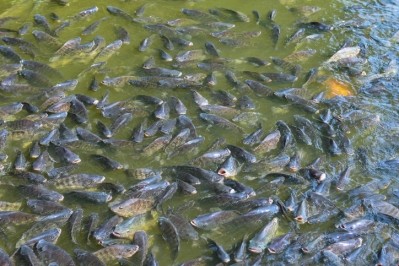Sustainable aquaculture fund invests in larval feed and water treatment companies
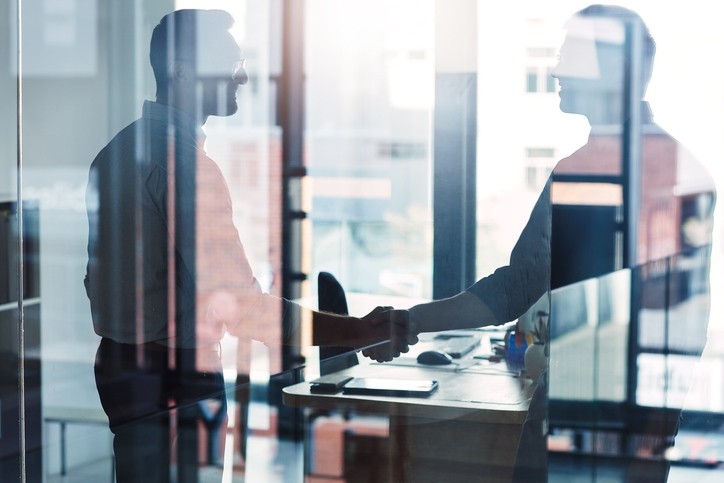
It has invested in Norwegian company, Molofeed, which has a feed formula designed to replace live feed in the larval rearing cycle. Aqua Spark was also the primary investor in BioFishency’s latest round of funding, which raised $2.4m in total. That firm is an Israel-based provider of water treatment systems for use in land-based aquaculture.
“We are excited to add them to our portfolio. There is a lot of synergy between them and our other feed ingredient companies and our farming operations,” Mike Velings, co-founder, Aqua Spark, told us.
BioFishency is to use the additional funds to support its innovative R&D strategy and expansion in China. “We think it can expand it significantly, and it has the potential to reduce the footprint of land-based farming considerably, in terms of water throughputs and increasing biosecurity, whether in ponds or in mini RAS systems,” continued Velings.
The Israeli company has a very diverse customer base, and is viable for farmers everywhere, even those with limited infrastructure and resources, he added.
The business of micro-encapsulating larval feed
Meanwhile, Aqua-Spark’s investment in Molofeed will be put towards marketing and increasing production capacity. The Norwegian firm has developed a larval feed for marine finfish and shrimp based on proprietary micro-encapsulation technology.
“Molofeed has come up with new way of doing micro-encapsulation technology that doesn’t destroy ingredients, which means it is more effective, it is better for the fish and it has the capacity, over time, to replace live feeds. We think that is exciting, and a major breakthrough. We want to make it as widely available as possible,” said Velings.
While BioFishency, which was established in 2013, already has significant revenue, Molofeed has just come through the proof of concept stage. “It has the technology, but not yet the revenue.”
Molofeed founder, Ingmar Høgøy, said that, along with the capital from Aqua Spark, the combination of its portfolio companies and its network will help with his company’s global expansion.
Høgøy has been working in the aquaculture arena since the 1980s, with a particular focus on the use of fish by-products and other circular economy concepts. He spoke to FeedNavigator this week to give us the low-down on the company’s feed concept and its plans to scale up production.
“When it comes to fish larvae, it has always been challenging to give them the right feed in the early stage because they are not able to digest traditional proteins, etc. The challenge was to find a technique, a technology that could incorporate water soluble ingredients like hydrolyzed proteins, peptides and amino acids, vitamins, and so on. With a combination of chemistry - I have a chemical engineering background – and aquaculture knowledge, I invented a microencapsulation technology that is capable of encapsulating water soluble components in a capsule of the right size for small fish and shrimp larvae. We are feeding them pre-digested ingredients.”
The majority of the ingredients are generated from fish by-products from the fishing industry in Norway, boosting the company's sustainability profile.
Aqua Spark launched in December 2013 with a mission to make the rapidly-growing fish farming sector sustainable. To date, it has invested in 16 small-to-medium enterprises (SMEs) that are working toward the sustainable production of farmed fish. It has plans to invest in eight more fish farming related companies by the end of 2019.
“Lives feeds like Artemia and Rotifers are quite complex to use and expensive. It would be a very good thing if the global aquaculture industry could reduce its dependence on such [inputs]. We have done trials in several countries on shrimp, on sea bass and cod. [Those trials show] we can reduce live feed like Artemia by up to 50%.”
The Norwegian company is primarily targeting the shrimp sector. Høgøy said the use of its feed product can reduce the costs for shrimp farmers in the very early stages - the first month - and for sea bream producers - in the first two months, when compared to their outlay feeding Artemia.
“The shrimp market is extremely interesting because of its size. We have good connections in Brazil and in Ecuador and we are starting to establish contacts in the Asian market. But, of course, sea bass and sea bream are also target markets, and we have a lot of other species that we are looking at.”
The company also has the cleaner fish market in Norway in its sights, a species used in sea lice control.
The technology has several additional potential applications, including acting as a delivery system for immunostimulants, and probiotics. “One of the benefits [of our process is that we a lot of control], we can be very flexible in terms of the inclusion levels of ingredients such as vitamins.”
Molofeed currently operates a pilot facility in Bergen. “Next year, we are going to build a full-scale processing plant to increase capacity.”
Improving water quality in fish farms
Along with Aqua Spark, the other investors in BioFishency this time out were a private investor from China and the Trendlines Group.
The Israeli firm said its water treatment through nitrification technology, which is already in use in land-based fish farming operations in Israel, Congo, Bangladesh, India, Indonesia, and China, comprises Single Pass BioFilters (SPB) to allow for plug-and-play installation. The firm also offers turnkey projects based on its SPB system, including mini-RAS set-ups.
While there are a lot of companies offering nitrification based water treatment for fish farming, Igal Magen, co-CEO of BioFishency, and the former head of the aquaculture division at Israel’s Ministry of Agriculture, told us BioFishency’s treatment system is unique in that it is plug-and-play, is bead based, is highly efficient in removing ammonia, and is trying to ensure its technology is cost effective and accessible for farmers.
“We tried to simplify it and make it affordable for [operations in] developing countries and for SME scale farmers,” he said.
Trials, reported BioFishency, showed its technology enables a 95% reduction in water use for intensive tanks, a 2-5x increase in yields for large ponds, and 2x greater nitrification than the industry standard.
The company, based in Efrat, outside of Jerusalem, saw over US$1.3m in sales for 2018, more than double its total 2017 revenues. “Bringing new technology to farmers takes time, it requires education, and so if we continue to see a good growth curve, we will be satisfied," said the co-founder.
The latest investment round will support expansion in its sales and marketing division, and the establishment of a subsidiary in China, a market it believes will bring the biggest opportunities. A huge percentage of the funds generated, though, will be ploughed back into R&D projects; it sees continual optimization of its technology portfolio as critical, said Magen.
The company has licensed new technology, involving electrochemical oxidation of ammonia, from Israel’s Technion Research and Development Foundation to develop an additional product line. The technology is suitable for cold water applications, said the CEO.
Farmed fish can excrete metabolites - carbon dioxide, ammonia, and feces - into the water. With increasing fish density, these excretions may become toxic and induce pathogen growth. Oxygen demand also increases with density. Poorly filtered water containing too much nitrogen or too little oxygen compromises the health of the fish, and the rate at which they put on biomass, or weight.
In BioFishency’s plug-and-play SPB system, the water flows from the top down, along the way it filters particles, removes carbon dioxide, enriches the water with oxygen and removes ammonia before recycling the water back into the pond or the tank. The idea is that improved water quality increases the ability of the fish to feed and grow.
